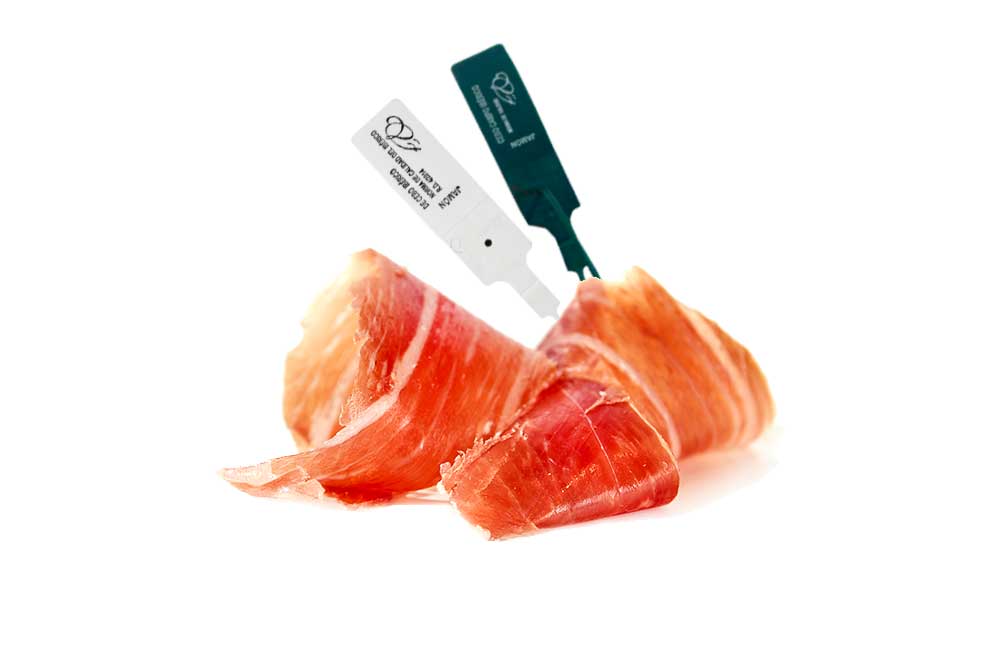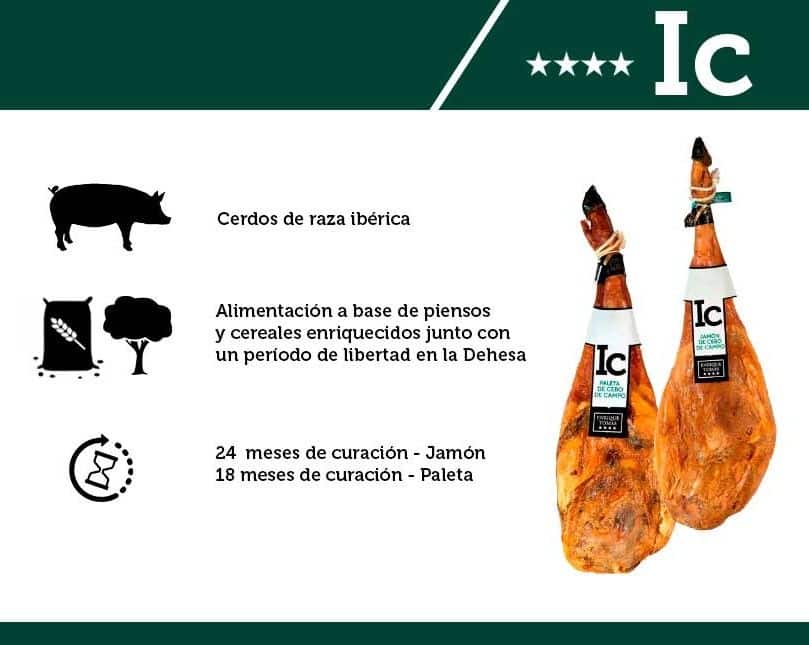
Cebo Ham or Recebo Ham? Which one is better?
Almost everyone, or at least almost everyone, loves ham, but the reality is that not all of us are experts on the subject, and we have many questions when it comes to buying ham. The most basic concept starts with the breed; a ham can be Iberian or not, but are there various types of Iberian ham? What happens when the label only says "reared ham" or "fattening ham" or "field fattening ham"?
If you've ever asked yourself these questions, you're in luck because at Enrique Tomás, we're going to explain everything you need to know about it.
What Is Fattening Ham?
Generally, the characteristics that come with labeling an Iberian product are related to the pig's diet. So, in this case, the term "fattening ham" has to do with what the pig has eaten until it reaches adulthood and, therefore, what will give its meat a certain flavor.
If you're wondering how an Iberian pig is fed, the answer is a bit more complex, but if you're interested in the "fattening" terminology, you should know that it is directly related to what its name suggests: feed, cereals, and fodder.
Feeding
Pigs destined to produce fattening Iberian ham are fed with feed, legumes, and enriched cereals until they reach a certain weight.
So, fattening Iberian ham is produced from Iberian pigs fed with feed. The ham and shoulder pieces obtained from these pigs will always be identified with white tags according to Spanish ham labeling regulations. You can also find information about the new labeling regulations on our blog.
What Is Field Fattening Ham?
Also known as old Reared Ham, field fattening ham is an intermediate-quality Iberian product between Acorn-Fed Ham and Fattening Ham.
Also coming from an Iberian pig, unlike fattening ham, which has been raised in enclosed spaces, these pigs have enjoyed a period of freedom in the Dehesas (grazing lands). Hence, the name "field or farm."
Field fattening ham comes from an Iberian pig that has been fed with feed and cereals but has also enjoyed the benefits of the Dehesa, eating herbs and wild fruits, and perhaps some acorns during the montanera (acorn-feeding period) if production has been abundant.
Like other Iberian products, field fattening ham must come from an Iberian pig of at least 50% purity, always with a 100% Iberian mother. As for the label on Iberian ham, in this case, the law states that all Field Fattening products must have a green label.

Characteristics of Field Fattening Ham
Fattening Ham, Reared Ham, and Field Fattening Ham
Now that we have the basic concepts clear, what's next? Fattening Ham or Reared Ham— which is better? Well, tell us! At Enrique Tomás, we have a maxim that says the best ham isn't the most expensive but the one you like the most, and when it comes to preferences, there are plenty.
In any case, if you have doubts, keep in mind that both products come from Iberian pigs, unique animals that have the fantastic characteristic of infiltrating fat into the muscle. Therefore, fattening Iberian ham and field fattening ham are products of high quality.
About Flavors and Formats
The period of freedom for field fattening pigs will undoubtedly add certain flavor nuances and extra fat infiltration to the ham, thanks to the exercise the animals have done during this phase. So, if you're wondering whether fattening ham or field fattening ham is better, our recommendation is to try both and tell us which one you prefer!
At Enrique Tomás, we have ham in all formats and products specially designed for you to delve into the world of ham and discover the differences in flavor and texture, such as the tasting boxes "Flavors of" or the famous book "The Ham Experience."

Tasting of Flavors, Flavor Experience

The Ham Experience Book
Discover them one by one, experiment, and enjoy!









